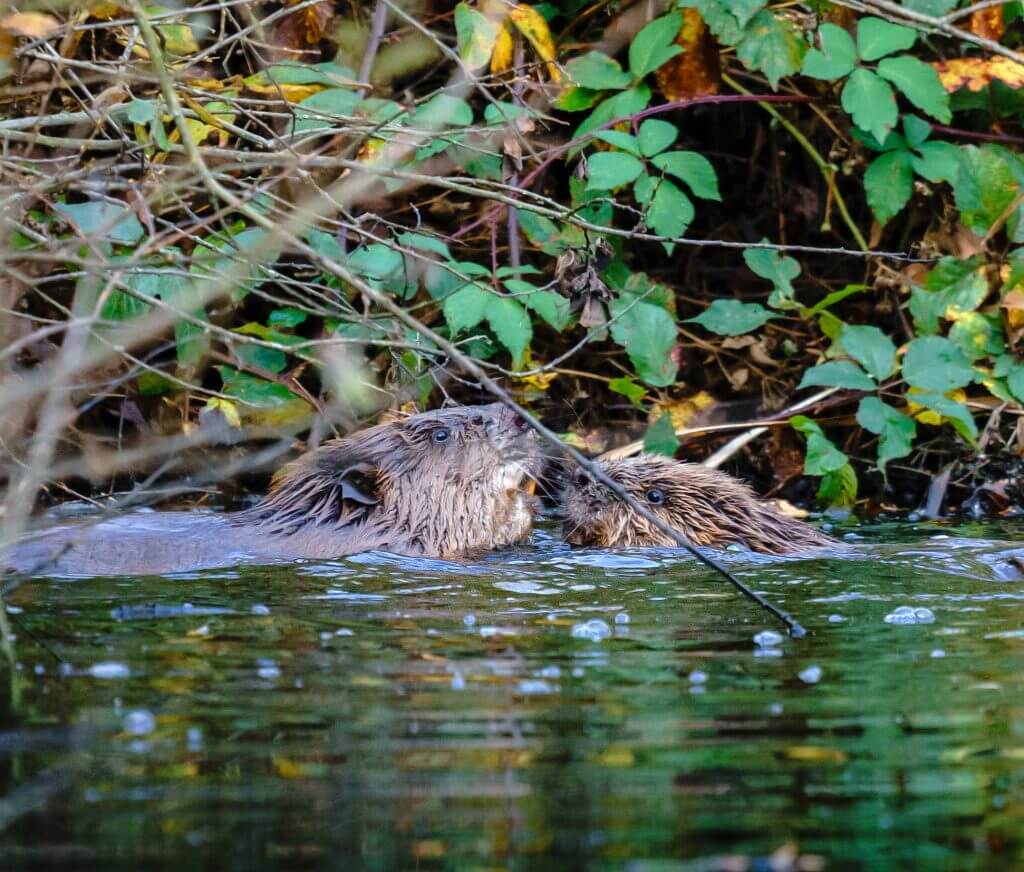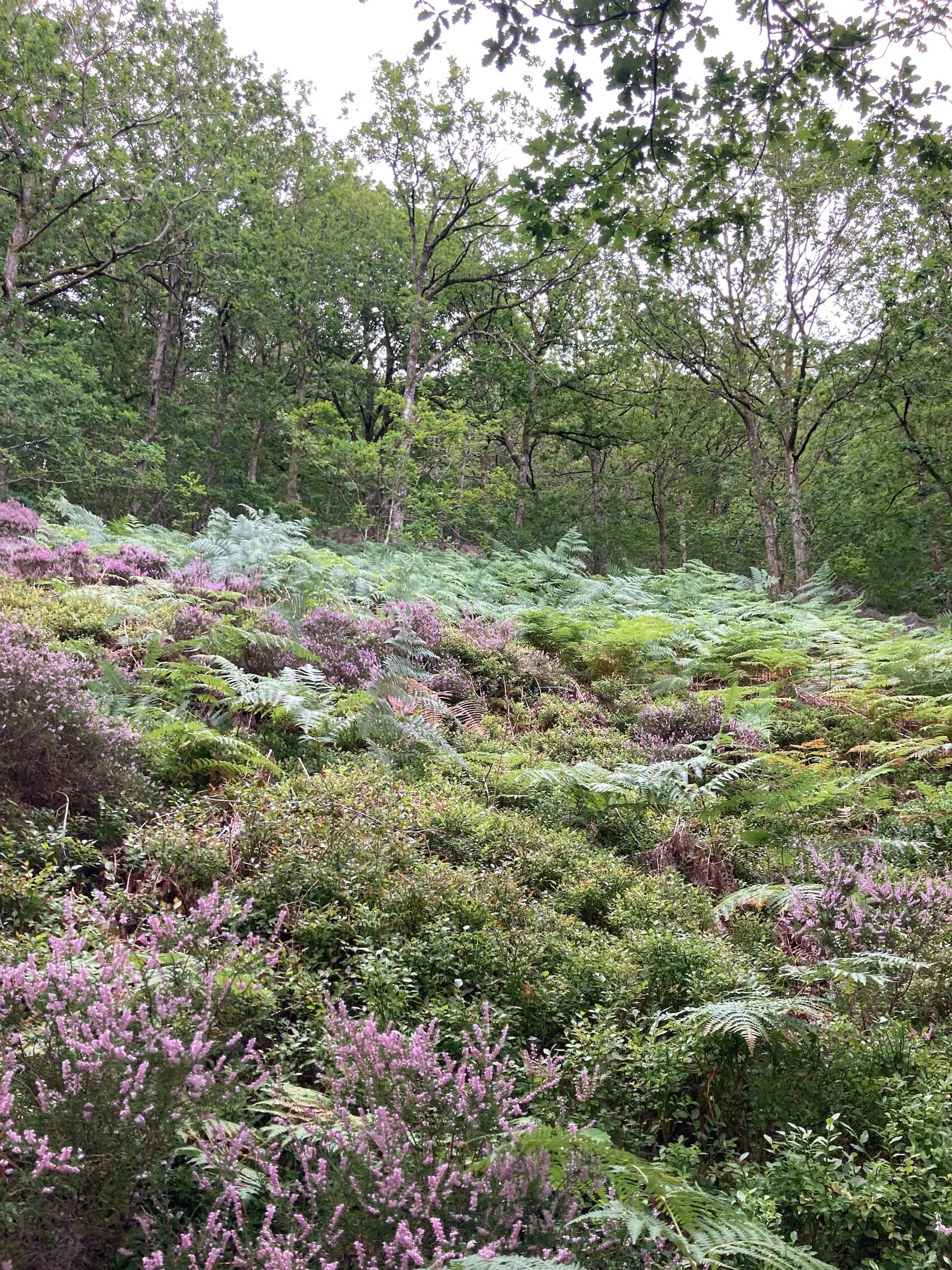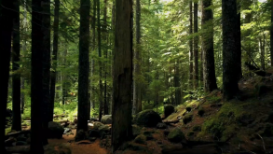Hunted to extinction in the 1700s, beavers are making a comeback in England, prized for their wetland habitat management skills rather than their fur pelts. We meet the four-legged climate heroes of Cheshire’s Hatchmere reserve.
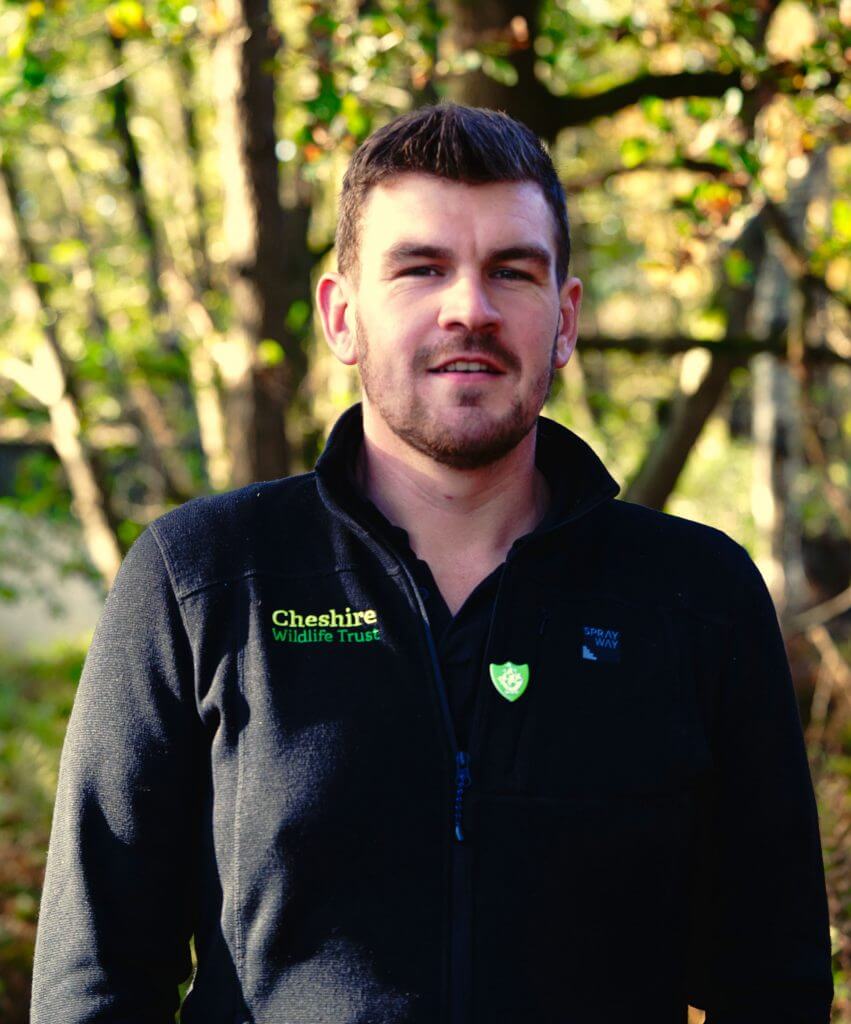
Cheshire Wildlife Trust’s Kevin Feeney was submerged in a chilly watercourse, welly tops breached, when he had a revelation. “I was laboriously trying to build a dam and I thought: surely beavers do a much better job of this? And without the polluting fuel-use and chainsaws, too.”
It’s a big year for a humble semiaquatic rodent. Beavers are native to mainland Britain, but were hunted to extinction in the 18th century by traders seeking their fur, meat and scent glands (which were in demand for perfume-making). The loss of these industrious herbivores – who dam rivers to raise the water level, enabling them fell trees – led to the loss of the mosaic of lakes, meres, mires, tarns and boggy places that were architected by their damming.
Feeney’s project to restore beavers to Hatchmere, a wooded lake area in northwest England, is one of a number of experimental beaver reintroductions due to be carried out across Britain in coming years. They include the release of beaver families and pairs in Dorset, Derbyshire, Hampshire, the Isle of Wight and Nottinghamshire; many of these beavers being sourced from parts of Scotland where residual ancient communities exist, and overpopulation can lead to flooding. At Hatchmere, says Feeney, the ambition was to improve water quality and to clear the shading tree cover that disinhibits diversity.
“In old woodland there’s no sunlight and no moisture on the ground, so you get a lack of plant diversity and a knock-on effect on the number of invertebrates that can thrive,” Feeney says. “When beavers fell trees they let the light back in.”
Beavers’ skills in damming and coppicing are part down to their lowly position on the food chain. “When you’re predated the water is a safer place to be,” Feeney explains. “So beavers need the trees to come to them; and they also need the power of the water to be able to easily shift and trap massive logs.” He adds that the record for the longest beaver-built dam goes to a rodent family in Germany, who built a 168-metre long dam over several generations. Beaver-dammed watermasses also provide homes for otters, water voles and kingfishers.
The downside in beaver reintroductions is overswing: if they dam too efficiently, or in the wrong places, they can flood farmland and roads. Such problems can be overcome, however, with innovations such as the ‘beaver deceiver’, a plastic pipe inserted in a dam that lets water flow through.
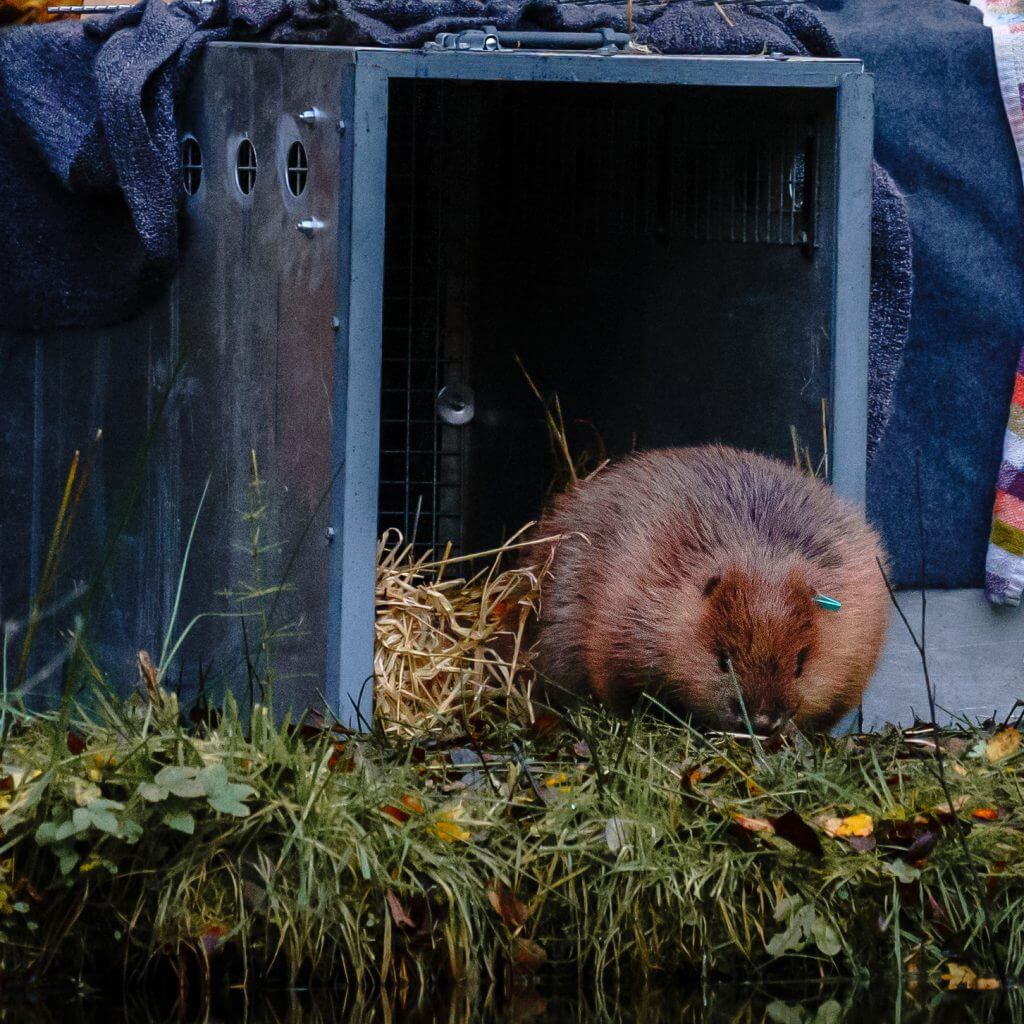
Beaver introduction 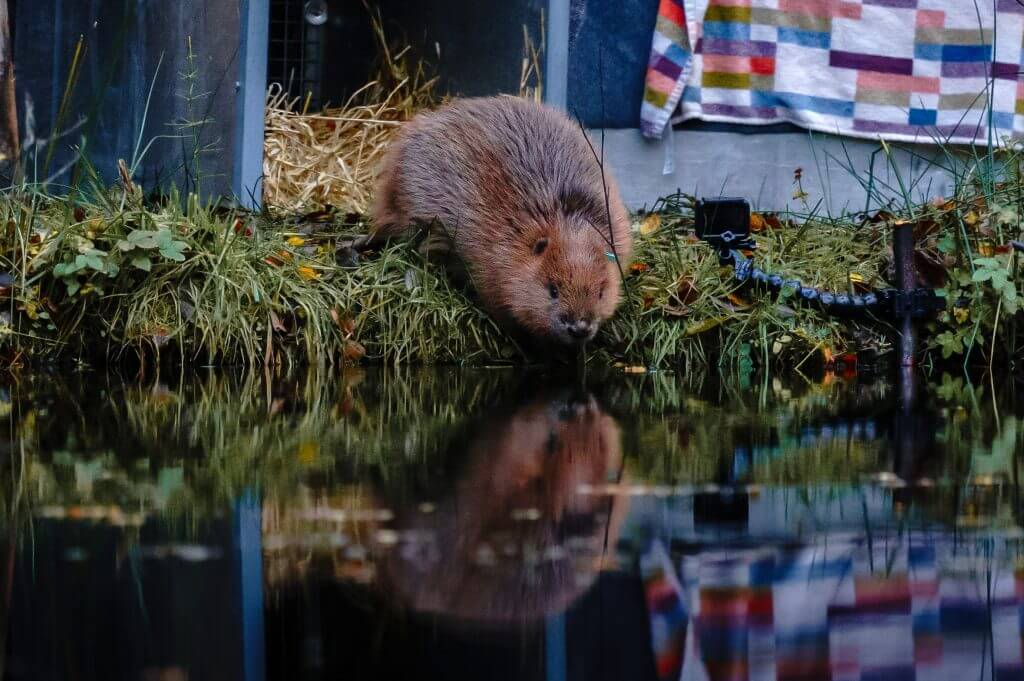
Testing the waters 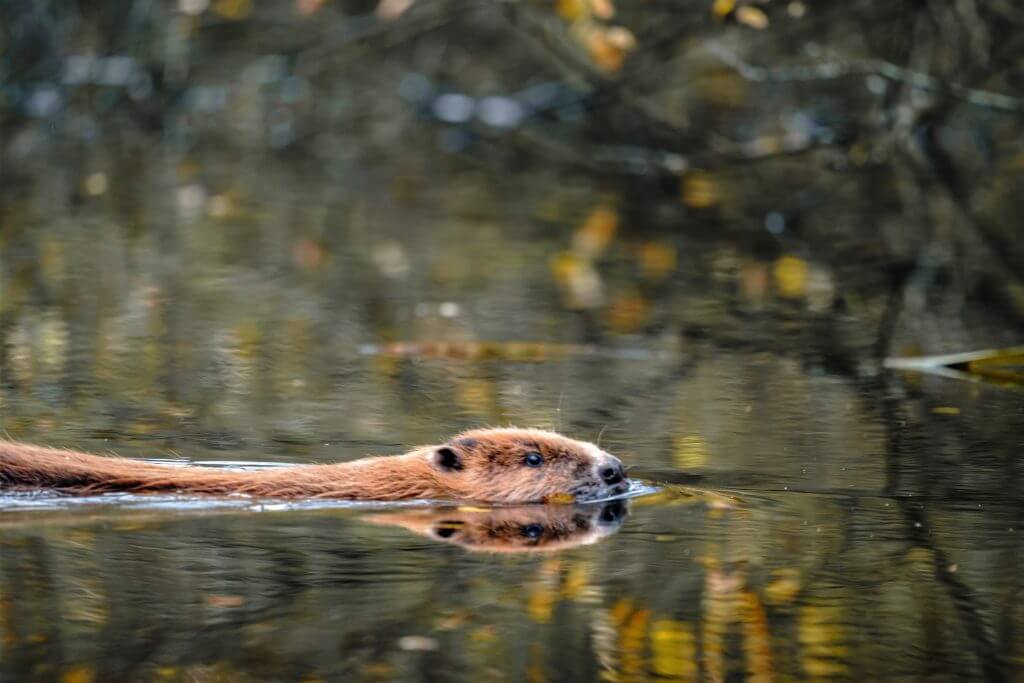
Smooth sailing!
Feeney describes the day of the beaver couple’s release into Hatchmere as ‘magical’. “The female jumped out of her cage into a duck pond and started swimming in perfect circles [see footage],” he recalls. “We had to coax the male in, but then he gave a big tail splash and looked right back at our camera.”
The couple also greeted each other with a spot of light paw boxing ‘like kangaroos’, but were found a week later curled around each other on a patch of bramble. Locals have been asked to submit potential names for Hatchmere’s new residents to the Cheshire Wildlife Trust, with a christening due next month.
“There are a lot of puns so far,” says the CWT’s Rachel Bradshaw. “But ‘Justin Beaver’ probably won’t make the grade.”
The Wildlife Trusts have launched a £30 million appeal to kickstart natural recovery across 30 percent of the UK’s land and sea by 2030 wildlifetrusts.org/30-30-30
Author: Sally Howard, The India Story Agency for Sacred Groves
Images and Video Credit: Cheshire Wildlife Trust
Did you enjoy this article?
Share with friends to inspire positive action.
